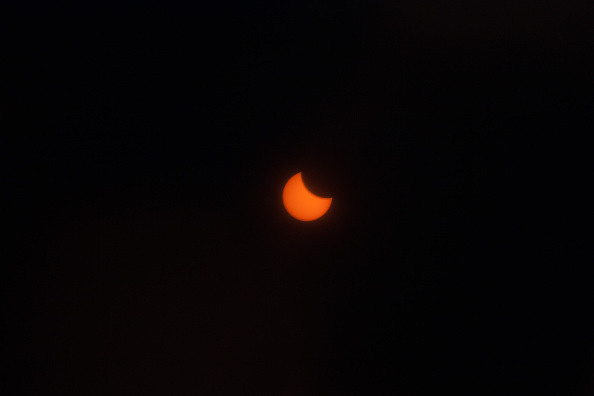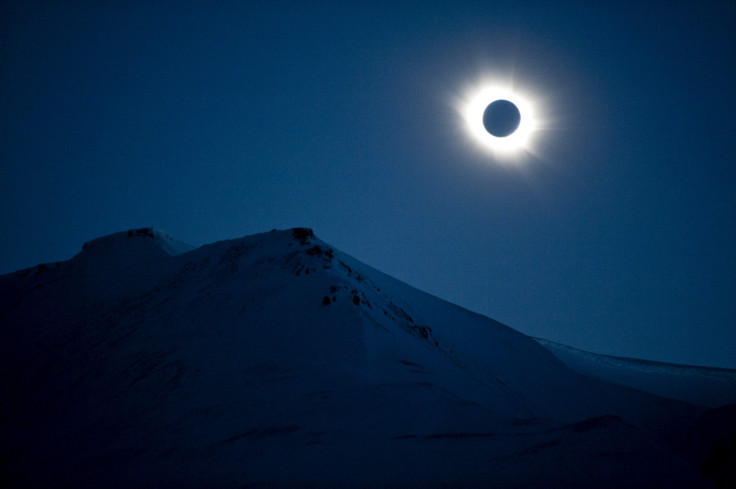Total solar eclipse 2016: Everything you need to know about celestial event in Indonesia

On 8 and 9 March, people in Indonesia, and in other countries in the middle of the Pacific Ocean will have the opportunity of witnessing a total solar eclipse. For a little more than four minutes, the moon will entirely cover the sun, casting its shadow on the Earth.
Total solar eclipses have always exerted a strong fascination on man. From literature, to art and cinema, they are represented as almost mystical events. However, there is nothing supernatural about this impressive phenomenon, which occur due to natural movements of the moon around the earth.
What is a total solar eclipse?
A total solar eclipse is a celestial event during which the moon passes before the sun and covers it completely, leaving part of the Earth's surface in obscurity. For such a phenomenon to take place, the sun, the moon and the Earth must be aligned in a perfect or almost perfect straight line. This can only happen during a phase of new moon.
Although the sun's diameter is a lot longer than the moon's (864,000 miles vs 2 160 miles) the moon is 400 times closer to Earth. Therefore, when the sun and the moon's orbital planes intersect, and the alignment is optimal, the moon, as seen from Earth, will appear to cover the whole surface of the sun.

Total eclipses differ from partial eclipses by the amount of shadow they cast on Earth. Every shadow is made of two parts: the penumbra and the umbra. The umbra is the darkest part of the shadow, when the light source (the sun in the case of a total eclipse), is completely occulted (by the moon in this case). During a total eclipse, it is the umbra that covers the Earth.
A penumbra corresponds to only part of the light source being covered up. When the moon casts a penumbra on the Earth, people experience a partial solar eclipse. A total eclipse will generally happen somewhere on the Earth every 18 months.
Where can I watch the eclipse?
The eclipse will pass over Indonesia and the central Pacific, starting at sunrise over Sumatra and ending at sunset over Hawaii.
If you are not fortunate enough take a holiday in this area of the world to see the celestial event, you may still be able to see a partial eclipse from Northern and Eastern Australia or Southern and Eastern Asia.
It is also possible to watch the full total solar eclipse live online on the website Slooh, which will additionally allow viewers to share their best photos during the event, via its StarShare camera tool.
The eclipse will begin at 23.19 GMT on 8 March 2016, with the moon completely covering the sun from 0.15 GMT on 9 March. Its maximum point will take place at 01.59 GMT on 9 March 2016. People will be able to observe it for a total of four minutes and nine seconds.
If you live in the USA and are unable to see the total solar eclipse this time, you will have the chance to witness such a phenomenon for real, in August 2017.
How do you watch a total and a partial solar eclipse?
While it is safe to look directly at the sun without any protection during a total eclipse, when the surface of the sun is fully covered, protective measures must be taken during a partial eclipse. Eyes must be protected by specific glasses to avoid permanent damages or blindness.

In the case of a total eclipse, people must make sure they know exactly when the eclipse starts and when it finishes to avoid getting surprised by the return of the light.
© Copyright IBTimes 2025. All rights reserved.






















